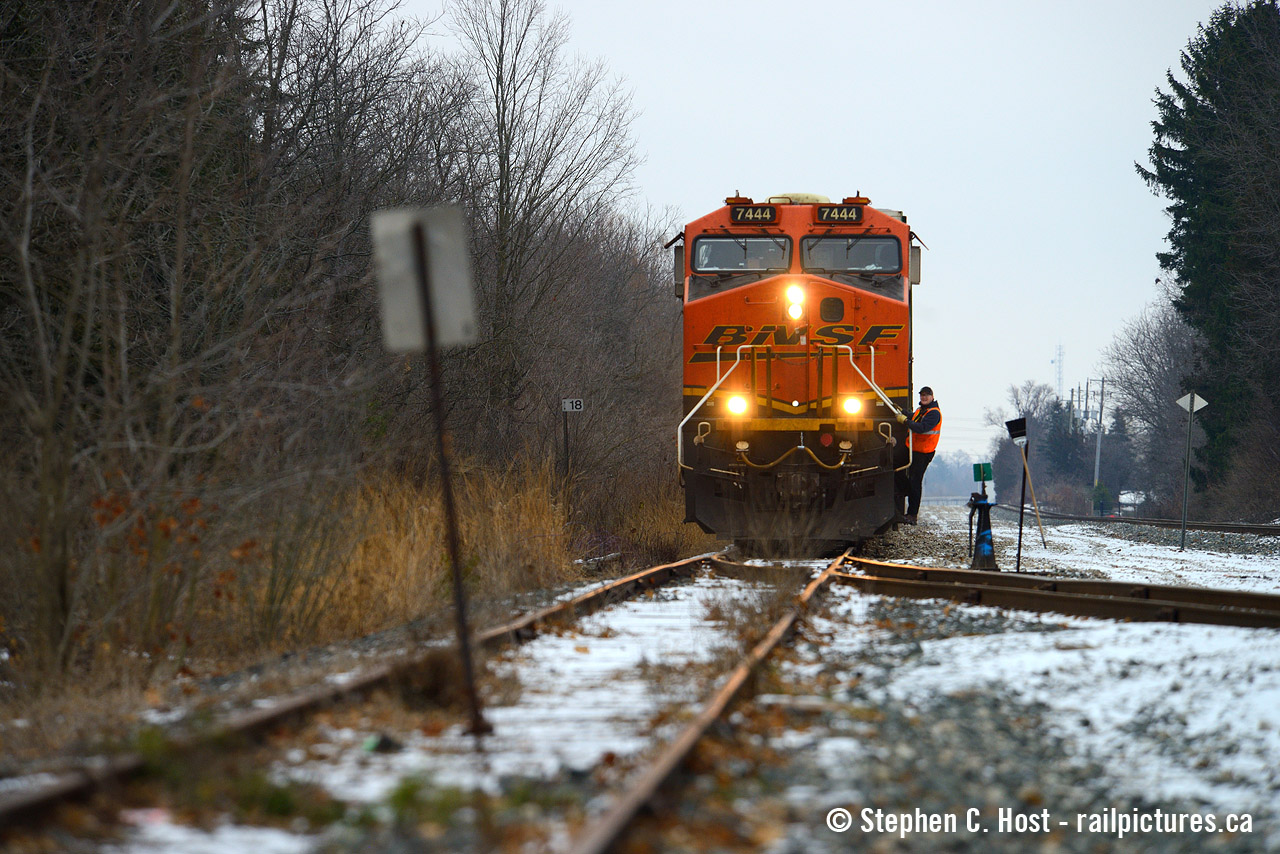This PDF has some pretty cool snippets, and appears to be a fascinating solution for a quick commute between Cambridge and Guelph:
In between the text are these pretty cool table snippets, that gives a good picture of the proposal.
From page 32:
From page 34:
From page 35:
Options with an A prefix uses Class 3 trackage, and Options with a B prefix uses Class 4 trackage.
Option 2 provides a slightly slower speed but much more frequent 30min AD2W service, and the document has some rail diagrams showing this:
Nontheless, only 16 minutes for a trip between Cambridge and Guelph isn't bad at all. It'd be better to do the 30min frequency rather than 60min frequency, even with the slight slowdown for train-passing event.
Initial Business Case (IBC)'s are a good first move for a city council to get other levels of governments to fund the project (e.g. federal transit fund, Metrolinx, etc). Now that Metrolinx is gradually funding standalone non-Toront projects (e.g. Hamilton LRT) thanks to Hamilton's 2011 IBC, this may actually have a proposal.
Battery prices of non-explosive lithium-iron-phosphate have fallen from over $1000/kwh to under $100/kwh (an order of magnitude price drop in a mere ten years) at the factory pricing level, while having 15 year daily-cycle lifetimes (~5000 full charge cycles that still preserves 80% battery health), so battery trains are eminently getting economically practical. There's even battery precedent now. See
Metrolinx's sudden unexpected cancellation of the Eglinton Crosstown gas generating plant now replaced by
Metrolinx's brand new battery storage facility (a giant UPS for Eglinton Crosstown, now already built).
Even before the further cost reductions by the time BMU trainsets are purchased, it seems already the cheapest emissions-free 30min AD2W solution for a 15minute-ride 30min-frequency route, even including battery replacements every 15+ years(ish). Overhead Catenary System (OCS) can still be built later when justified (BMUs often can charge while in motion when catenary later gets built). A short ~15 min ride will be a very shallow SOC (State Of Charge depth, only a few percent battery) improving battery longevity and more backup reserve (winter heating + long stoppage), and a long ~15min dwell is plenty of charging time for a ~15min ride.
This route seems almost perfect for a BMU and battery longevity for a 4 coach single level train, you could literally keep the battery bar in its sweet spot 40%-60% almost permanently, with occasional abetrrations for maintenance, unexpected stoppages, and unusual weather (excess winter heating / summer air conditioning / winter battery capacity droop / battery heating in winter). For SoC management of prolonging battery health of LiFePo4 battery chemistries, the charging computer could charge only to 60% in spring/fall, to 70% in sunmer (increased AC demand), and to 80% in winter (to compensate for cold droop + heating). Complete charge to 100% and discharges to 0% would be unneeded in the train's lifetime, except for occasional battery-testing purposes. Such state of charge levels at appropriate times of year, would keep enough reserve for powering the train during multi-hour unexpected stoppages at full climate control. The station chargers can also heat the battery packs to prevent the wintertime battery capacity temporary droop.







